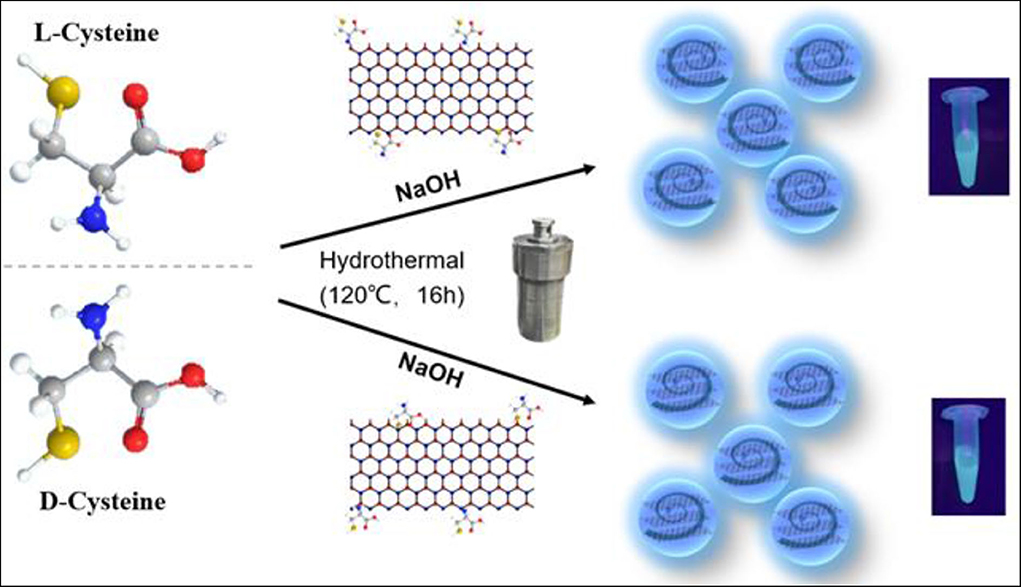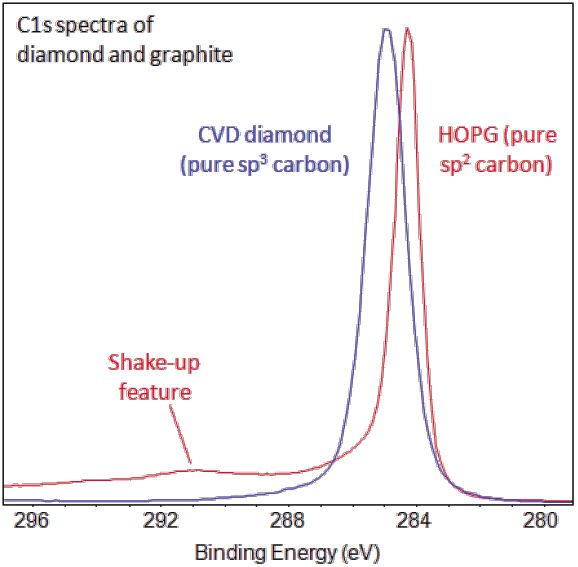


Depth-profiling was performed using both monatomic Ar + ions and cluster Ar n + ions with the former found to cause unwanted damage to the graphite structure with a dramatic increase in sp 3 content from ~11% to ~88% in both nuclear grades in the ion bombarded region. A peak-fitting methodology was applied and the results were in good agreement with those obtained through analysis of the C KLL spectra. The photoelectron spectra was used to characterise the surface and sub-surface, particularly with regards to the sp 2 and sp 3 carbon bonding content.

Copyright © 2014 John Wiley & Sons, Ltd.Samples of highly-orientated pyrolytic graphite (HOPG) and nuclear graphite grades, Gilsocarbon and Pile Grade-A (PGA), were examined using x-ray photoelectron spectroscopy (XPS), ultra-violet photoelectron spectroscopy (UPS) and Raman spectroscopy. Thus, this function is most suitable for application in one of the following situations: (i) the peak shape of a given signal is known but cannot be calculated with ease, and (ii) the theoretical peak shape is not (yet) known, however, one wants to perform a first quantitative screening of the data at issue. Comparison of the corresponding fit results with the results obtained by the application of more elaborate, theory‐based line profiles (Doniach‐Šunjić and Mahan functions) shows that the modified Pseudo‐Voigt function gives practically identical results in terms of peak shape and area, while requiring much less computational effort since no convolution procedures are required for its calculation. the C 1s signal of graphite and C 2H 2/Pd(100), the 3d 5/2–3d 3/2 doublet of palladium, and the 4f 7/2–4f 5/2 doublet of platinum. We demonstrate the applicability of our extended approach on several inherently asymmetric XPS lines, i.e. However, if one additionally allows a variable displacement of the sigmoidal step relative to the peak, excellent fitting results can be obtained. While this approach has been successfully applied to vibrational spectra, we find that the resulting curves are less suitable for least‐squares fits of X‐ray photoelectron spectroscopy (XPS) data. Asymmetric peak profiles for the application in spectroscopy can be obtained in a simple way by substituting the usually constant full width at half maximum parameter in Pseudo‐Voigt functions with an energy‐dependent expression, for instance of sigmoidal shape.


 0 kommentar(er)
0 kommentar(er)
